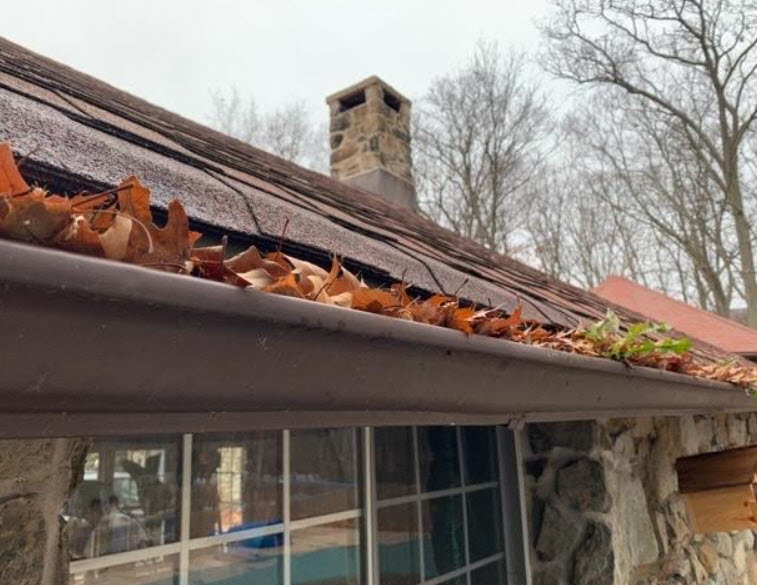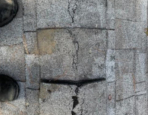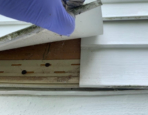This image shows clogged gutters filled with leaves and debris, which is a major problem for the homeowner. Gutters play a crucial role in directing rainwater away from the roof and foundation, and when they become blocked, serious water damage and structural issues can occur.
Why This Is a Problem:
- Water Overflow & Roof Damage – When gutters are clogged, rainwater cannot drain properly. Instead, it can overflow onto the roof, leading to water intrusion, leaks, and shingle deterioration.
- Foundation Issues – Water spilling over the sides of clogged gutters can pool around the foundation, increasing the risk of cracks, erosion, and basement flooding.
- Mold & Mildew Growth – Stagnant water in gutters can seep into the home’s walls, creating an ideal environment for mold, mildew, and wood rot, which pose serious health and structural risks.
- Pest Infestations – Standing water and damp debris attract mosquitoes, rodents, and insects, creating a breeding ground for pests that can enter the home.
- Ice Dams in Winter – In colder climates, clogged gutters can contribute to ice dams, which prevent proper drainage and cause water to back up under shingles, leading to roof leaks.
- Gutter & Fascia Damage – The added weight of wet leaves, dirt, and water can cause gutters to sag, pull away from the house, or even break, requiring costly repairs.
- Landscaping Erosion – Overflowing water can damage plants, wash away soil, and create erosion, ruining your home’s curb appeal and stability.
What Should Be Done?
🚨 Preventive maintenance is key! The homeowner should:
✅ Clean gutters regularly (at least twice a year, especially in fall and spring).
✅ Install gutter guards to reduce debris buildup.
✅ Inspect for gutter damage and ensure proper water flow.
✅ Check downspouts to make sure water is directed away from the foundation.
Ignoring clogged gutters can lead to costly roof, foundation, and interior water damage. Regular cleaning and maintenance will protect the home and prevent expensive repairs in the future. 🏠💧🍂



